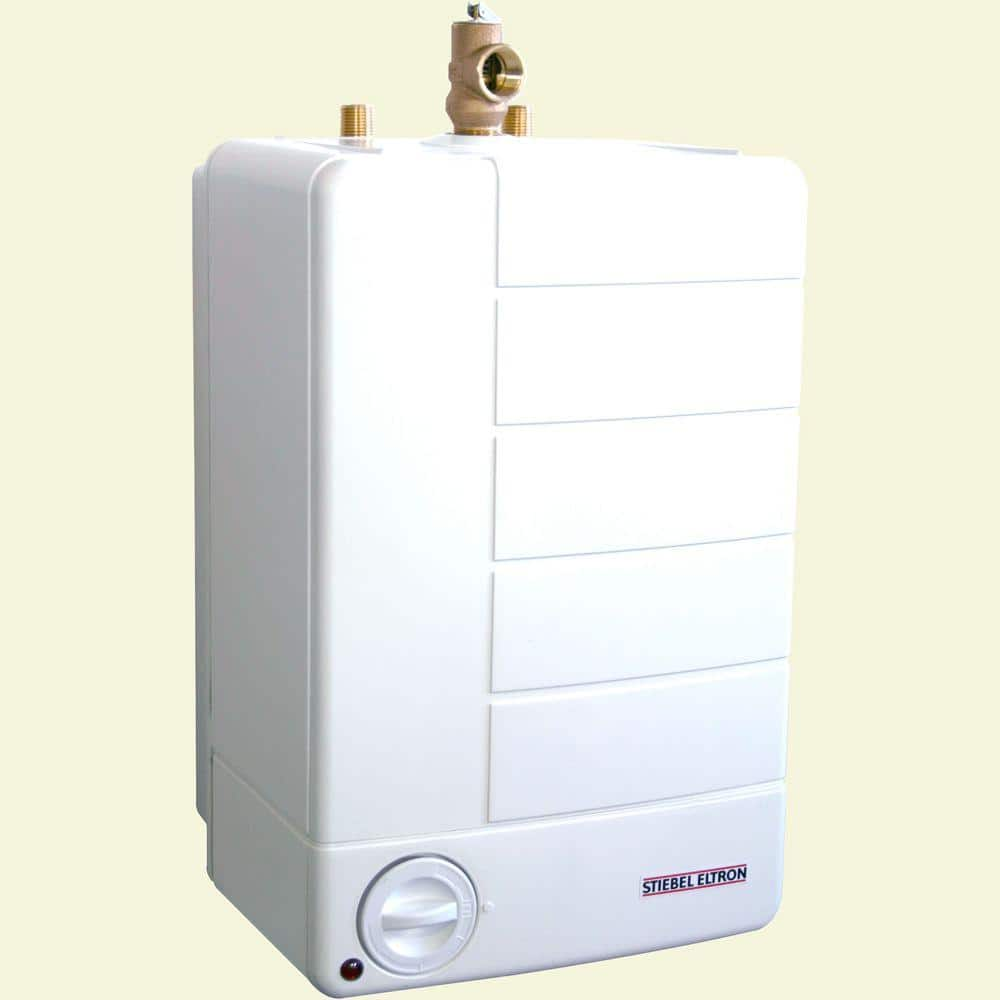TromboneAl
Give me a museum and I'll fill it. (Picasso) Give me a forum ...
- Joined
- Jun 30, 2006
- Messages
- 12,880
I'm about to install the water heater shown below.
[-]I was surprised to see that it comes without the TPR valve on the top, but I can buy that.[/-] (It was stuffed into the bottom of the unit.)
My understanding is that I should either route the output from that valve down to a bucket on the floor, or through the wall and to the outside.
However, in the video below, the installer doesn't route that relief valve anywhere.
What should I do?

Install a Mini Water Heater DIY (#5251) - YouTube
[-]I was surprised to see that it comes without the TPR valve on the top, but I can buy that.[/-] (It was stuffed into the bottom of the unit.)
My understanding is that I should either route the output from that valve down to a bucket on the floor, or through the wall and to the outside.
However, in the video below, the installer doesn't route that relief valve anywhere.
What should I do?

Install a Mini Water Heater DIY (#5251) - YouTube
Last edited:




